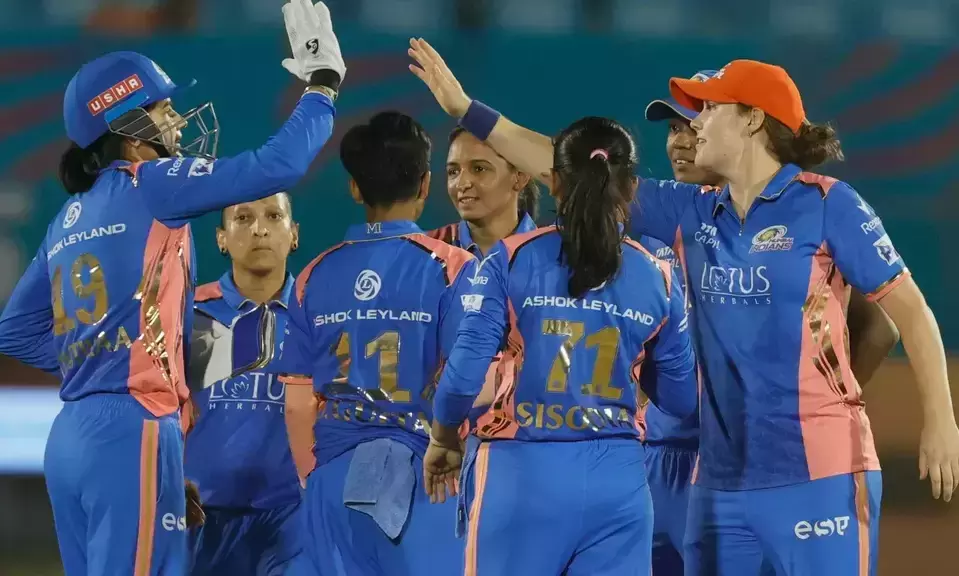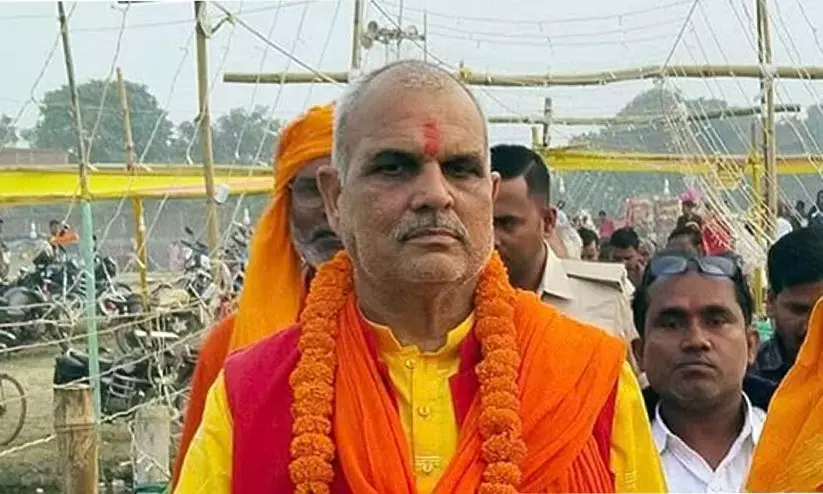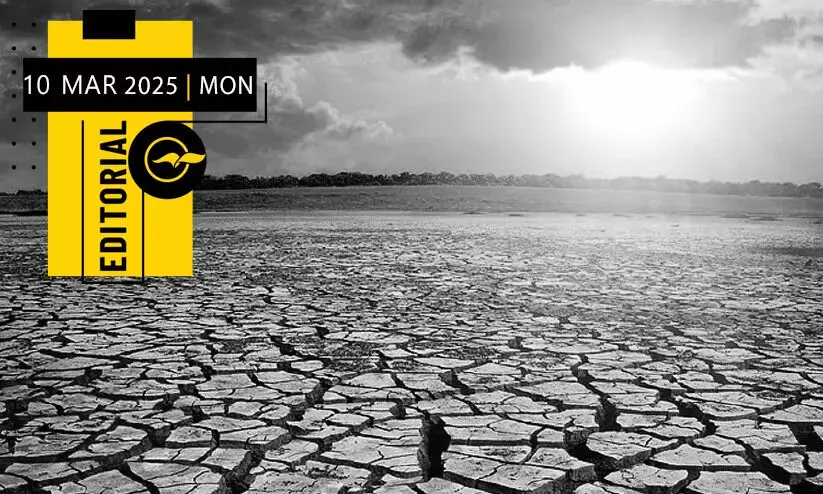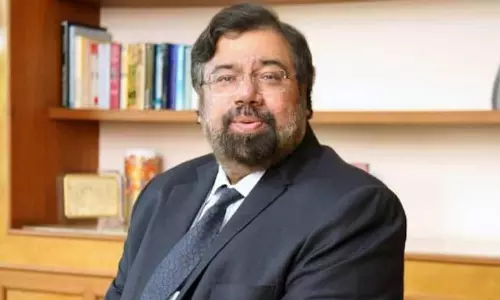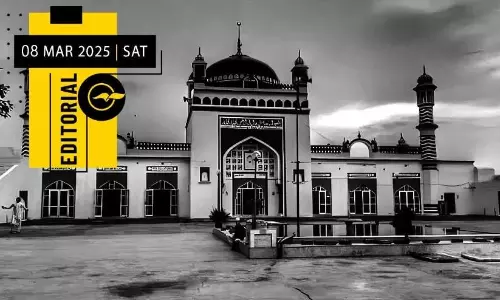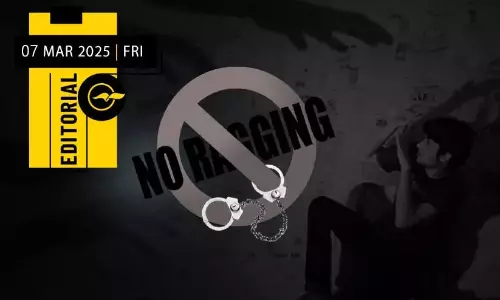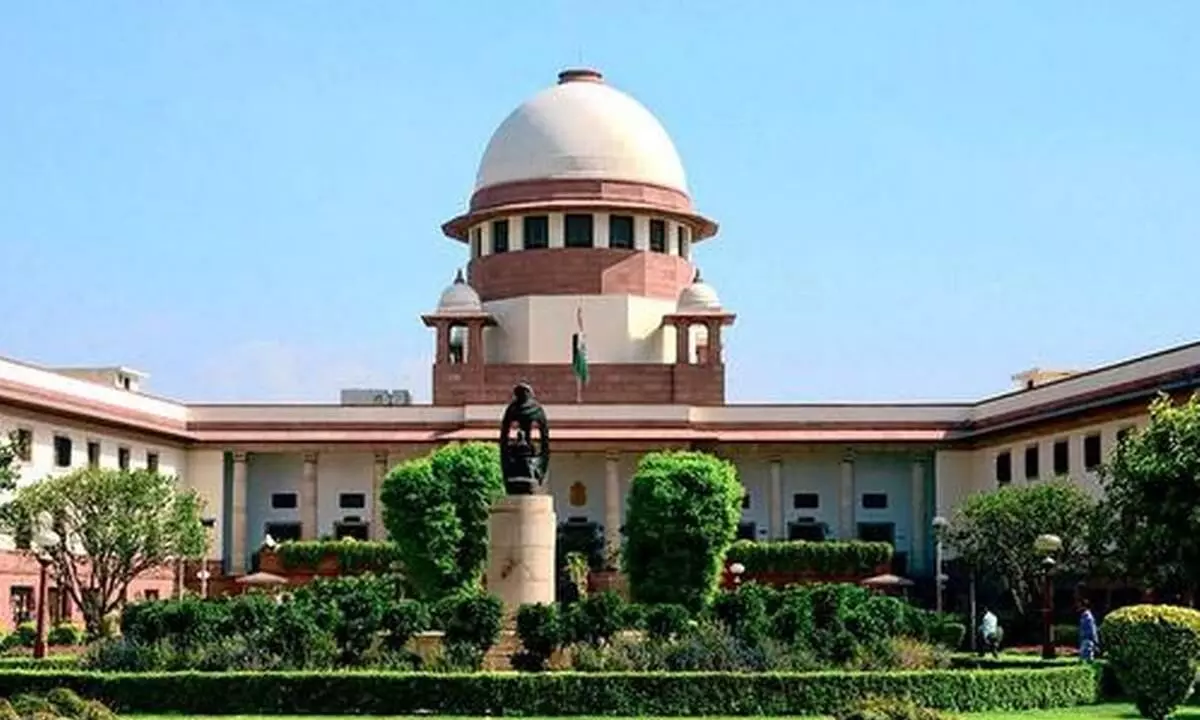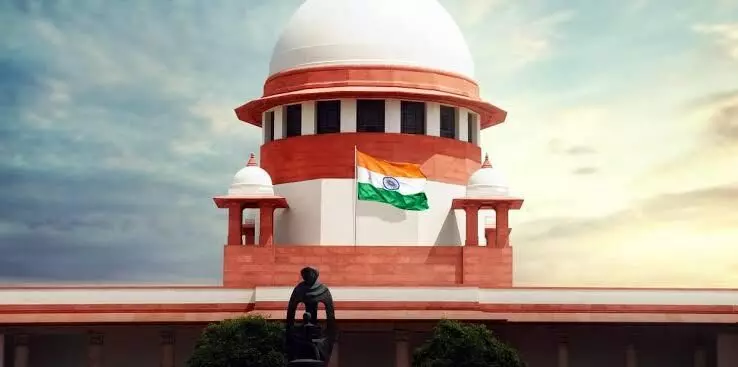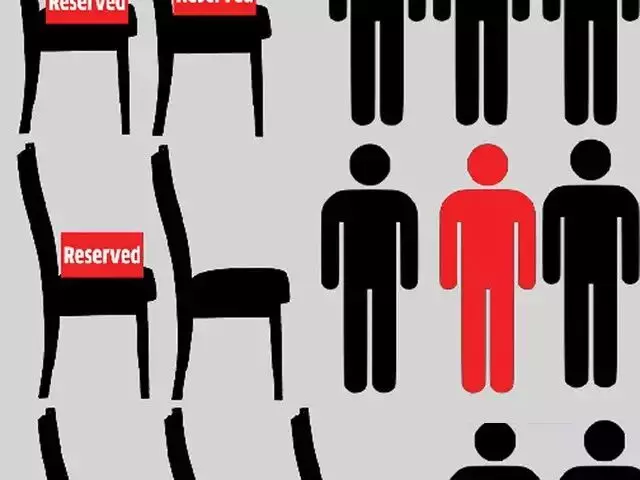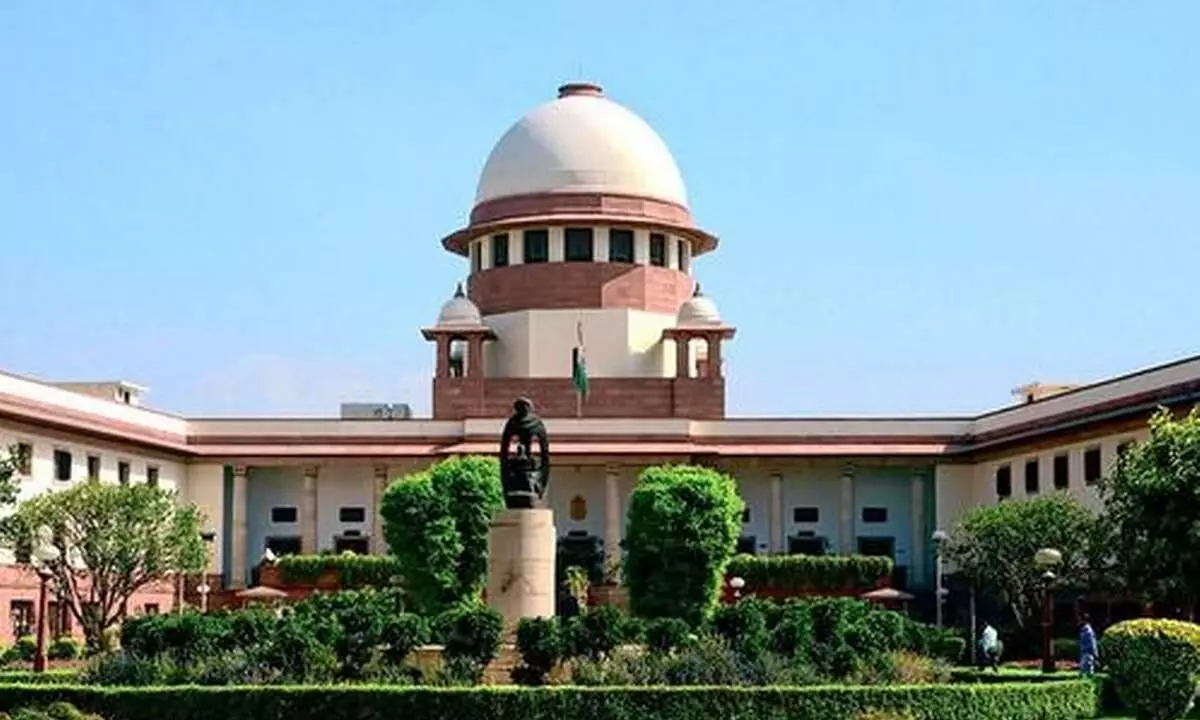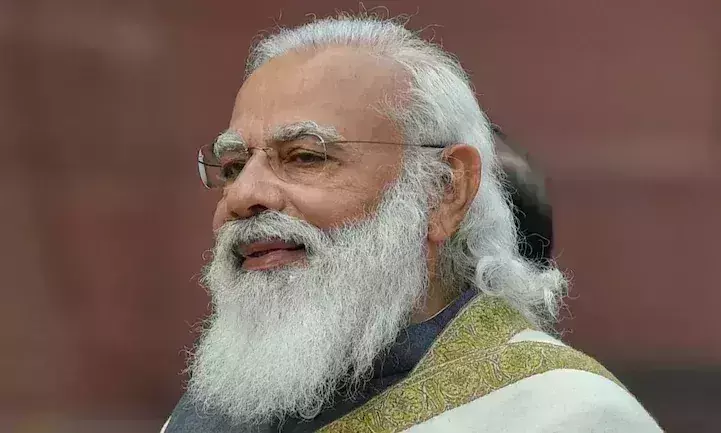
SEBC quota again in focus - through court verdicts and legislation
text_fieldsTwo recent events centring around law, legislation and litigation should have caught our attention for the web of issues involved in them. Both have to do with community reservation and if one ended with a new law, the other threw light on an earlier verdict's implications. Let us be get straight into both, starting with the latest incidents.
Rare unanimity for new law
In the monsoon session of Parliament this year, the sessions were all marred by Opposition demand for debates on controversies like the Pegasus spyware, the farm laws and Covid management. The scenes in the house were so much of a pandemonium that the Vice President and Chairman of Rajya Sabha, Venkaiah Naidu later bemoaned the lack of decorum of the members and contemplated action against erring MPs. But even amidst all this, in a rare instance of unity between Treasury bench and the Opposition, one bill was passed with surprising unanimity on August 11: which expressly restored the power of the States to identify educationally and socially backward communities (SEBCs). Thus was passed the 105th Constitution Amendment which on August 20, was blessed with the President's Assent.
The context necessitating the bill was that in a majority verdict on May 5, 2021, the Supreme Court had decreed that States do not have the power to list any community under Socially and Educationally Backward Class (SEBC) and that the said power rested with the National Backward Classes Commission, which came into being through the 102nd Constitution Amendment, in August 2018. The five-bench constitutional bench's verdict came on a batch of petitions that challenged a Bombay High Court judgement which upheld Maharashtra's legislation, the Maharashtra State Reservation for Socially and Educationally Backward Classes (SEBC) Act, 2018 that granted 16 % quota to the Maratha community in government services and educational institutions. The state High Court upheld the law, but also reduced the quota to 12 % in education and 13 % in education seats. The High Court judgement was challenged in the Supreme Court on which the five-member constitutional bench came up with the verdict.
Issues in SC judgment
The apex court judgment carried two elements:
One, the reservation for Marathas was declared null and void based on the 102nd Amendment; as per its Article 342A, the notification of SEBCs in relation to each state and Union Territory was the jurisdiction of the President in consultation with respective governors; States cannot themselves classify new SEBCs.
Two, the 50% limit for reservations of all kinds set by the Supreme Court in the Indra Sawhney judgment of 1992 could not be violated for this purpose as the Maratha case did not constitute any 'exceptional and extraordinary' situation which the nine-judge Constitutional bench of Indra Sawhney had said was necessary to disturb the quota ceiling.
Two interesting things derive from the court's verdict. Firstly, the 10% quota for Economically Weaker Sections (EWS) passed by Parliament in January 2019 may also be seen as exceeding the 50% ceiling in the Centre and in many states. As such, as long as that is not justified by any exceptional reasons, the EWS quota may not stand the test of law. Further, as opponents of EWS quota point out based on various Supreme Court judgments, reservation is meant to correct social and educational backwardness and not economic backwardness. The EWS quota law (103rd Amendment of Nov 2019) is already under challenge in the apex court, but there has been an inordinate delay on the part of the judiciary in taking it up, with the result that selections are currently being made on that basis and beneficiaries are already enjoying it.
Further, the necessity of the recent legislation (105th Amendment) arose not from any new substantive issues involved or a change in any historical situation, but by the disconnect between the intent of the previous (102nd Amendment) law and its recitation, which led the apex court to nullify the Maharashtra amendment. For the Central government was constrained to argue in the court that the 102nd Amendment was not meant to take away the powers of the States to classify SEBCs for the respective states and what was intended by the phrase 'Central List' was only for categories coming under the Union government. Thus the 127th Amendment Bill, that became 105th Amendment Act, 2021 was passed on August 10, 2021 which restored to the States the power to identify SEBCs lists for states; consultation with National Backward Classes Commission was no more mandatory for State lists.
The glaring fact emerging from this is not of bad law but perhaps bad law-making in that the language of the 102nd amendment led to so much of confusion and ding-dong of legal battle. Incidentally, the observation by Chief Justice of India NV Ramana in the recent Independence Day Celebration of the Supreme Court that absence of legal brains in legislative houses was telling on the quality of deliberations and law-making in parliament and state legislatures perhaps would ring true in this context.
Indra Sawhney in focus again
Indra Sawhney judgment figured again in legal and political discourse when on August 24 a Supreme Court division bench said that 'creamy layer' is not to be classified solely by the criterion of economic status. Citing the facts and decisions in the 1992 verdict, the bench led by Justice L Nageswara Rao said that aspects of social advancement, education, employment also should be factored into determining who come under 'creamy layer'. The judgment was issued while deciding on a writ petition filed by a Haryana body, the Pechora Warg Kalyan Mahasabha which challenged two State notifications of 2016 and 2018, under the Haryana Backward Classes (Reservation in Services and Admission in Educational Institutions) Act 2016. But this has ramifications for several other Central and State laws and rules about excluding the 'creamy layer' from eligibility to quotas in jobs and educational institutions based on economic criteria alone.
Simply put, the Haryana notifications specified that those with an income of over Rs 6 lakh were not eligible for reservation. And even within that category, a sub-category with income below Rs 3 lakh would get priority. The apex court said that the notifications constituted a 'flagrant violation' of the Act of 2016, for the Act had contained stipulations regarding social, economic and other factors to determine who would fall under the 'creamy layer' whereas the Haryana decision relied solely on economic criteria to determine creamy layer.
That was the case with the Indra Sawhney judgment too which while upholding the government's decision on the Mandal Commission recommendation to give 27% reservation to OBCs, also wanted to identify and exclude those among the OBCs who were highly advanced socially as well as economically and educationally.
The rationale behind this and kindred judgments is that those who have attained a level of educational and professional position, could not still claim reservation under social and educational backwardness and therefore, opportunities of their communities should be limited to those who did not fall under this 'creamy layer'. But drawing a line between creamy layer and non-creamy layer has always been vexatious issue which came up in a case subsequent to the 1992 judgment. Kerala government which was accused of failing to implement the creamy layer principle (the state already had OBC reservation comparable to the Mandal-recommended pattern), was asked to correct its stand and report compliance; it was also warned of contempt of court proceedings if it failed. After an initial plea of difficulty, arguing that there was no socially and educationally advanced sections in Kerala's OBC's, the state agreed to abide by the court's directive. For the state had appointed a commission under a law passed by the State legislature and based on its recommendation, the government pleaded that there was no creamy layer existing in the state.
The apex court did not accept the state's argument, also pointing out that while there could be flexibility in determining the economic criteria of creamy layer, there were certain constants like children of Class One officers, or of holders of Constitutional positions etc which would definitely apply to Kerala as well. Thus, the apex court gave a deadline to the State, and then the latter made rules specifying criteria, both economic and the level of posts into which the parent of the quota-seeker entered before the age of 35 and 36 for education seats. In fact, Kerala's rules do not consider salary income of government employees and agricultural income for this categorisation, and therefore, government employees are included in creamy layer only based on the posts they entered before the cutoff age.
Thorny issue of Creamy Layer
Creamy layer definitions vary from state to state, which is accepted and which Kerala government used to dodge its obligation to enforce it, but then it prompted the court to pull up the state government. The sum and substance is that criteria other than merely economic are deemed as equally crucial in determining creamy layer.
But the resulting scenario poses some challenges before the creamy layer concept in play, be it with exclusive economic basis or with other factors too. One is regarding a possible denial of quota benefits to the entire community which in theory is possible when most members with the educational qualifications for competitions for posts or seats, have income above the creamy level. Since by design reservation is a means of inclusiveness in administration, and not of financial empowerment, the creamy layer-based elimination of a large section would result in disqualifying an entire community for selection - and that defeats the very purpose of reservation, i.e., representation in administration or claim to seats in educational institutions, the latter paving way to the former.
Secondly, financial ceiling alone may sometimes make a particular candidate ineligible for educational opportunity. Though it may be argued that with the increased privatisation of education, seats or opportunities are available for money, that may not be the case for all courses, since inexperience only those courses which are relatively saleable, and have utilitarian market appeal, are offered under self-financing institutions. The example of elimination is of several subjects under humanities. And thus a student, whose father is very rich thanks to a lucrative business entity but with no socio-educational standing, and who seeks a PG admission in say anthropology or ancient history in a government college, will be denied that. Succeeding batches of faculty and research in those disciplines will then be filled with only upper caste candidates.
Thirdly, and this is the converse of the second, what happens because of economic criterion can happen equally to jobs and seats where demand is high and relatively lower empowered members of OBC community candidates cannot compete even with reservation support –either on grounds of parents' income or their government job. For example, recruitments to civil service like IAS/IFS/IPS etc are highly competitive where children of creamy layer parents alone may qualify from among SEBCs. In such situations, with shortage of eligible non-creamy layer candidates, the communities concerned will be deprived of their intended representation. A case in point came up when in an answer to two queries in the Rajya Sabha on July 22, Minister of State for Science & Technology Jitendra Singh, stated that between 2015 and 2019, 63 candidates from OBCs were selected for IAS but were not appointed as they were found to be in creamy layer category. It is not clear whether there were other eligible reservation candidates who could claim the posts, but in all probability not all of them may have got enough candidates. Here creamy layer clearly stands in the way of representation of OBC's in government machinery.
Fourthly, the more recently introduced provision of EWS quota (since the passage of the 102nd Constitution Amendment Act) can work at cross purposes with the SEBC reservation. The underlying rationale of having no job quota for forward communities is that they are educationally and (therefore) socially more advanced and so they should/can compete for seats and posts on merit alone. But the latter-day endorsement of the theory that those who are financially poor among them still need support comes into play. Granting this for sake of argument, the income limit now seen set for EWS reservation eligibility is in some states somewhat close to the threshold of creamy layer applied for OBC's or near about that in many states. An example: The Central Government's Office Memorandum of 31 Jan 2019, specifies an income ceiling of Rs 8 lakhs for claiming EWS reservation; similarly barred are those with 5 acres of agricultural land, apartment of 1000 sq ft, residential plot of 100 sq yards in selected municipalities etc. And states will be free to use the same cut-off mark for both determining poverty below it and prosperity above that – a paradox of numbers. Remember also that a person earning Rs 8 lakh per year will normally be an income-tax payor!




